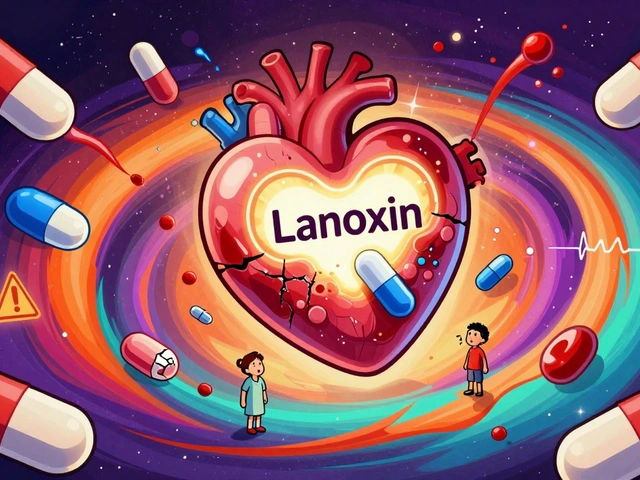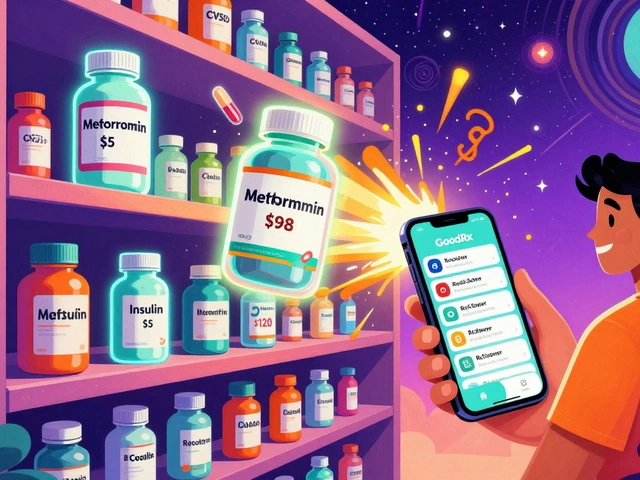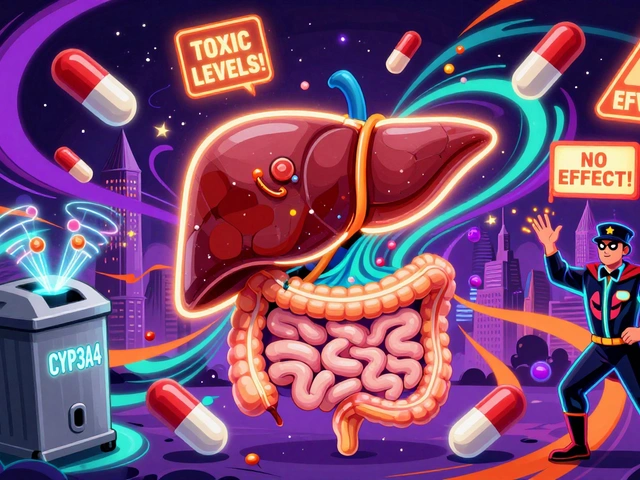Gabapentinoids: What Gabapentin and Pregabalin Actually Do
People call gabapentinoids miracle drugs for nerve pain — and troublemakers when they’re misused. Gabapentin and pregabalin are the two main drugs in this group. They help many patients with nerve pain, restless legs, and some seizure types. But they can cause dizziness, sleepiness, and in some cases breathing problems or misuse. Here’s a clear, useful guide you can use today.
What they treat and how they work
Doctors prescribe gabapentin and pregabalin for nerve pain from shingles, diabetes, or injured nerves. They also use them for some seizures and fibromyalgia. They don’t work like opioids or benzodiazepines. Instead, they calm overactive nerve signals in the brain and spinal cord. That reduces pain and seizures for many people.
These medicines usually start low and increase slowly. That helps limit side effects while finding a dose that works. Pregabalin often works faster but can be more expensive. Gabapentin is older and widely used.
Side effects, risks, and red flags
The most common side effects are tiredness, dizziness, and swelling in the legs or hands. These can make driving or operating machines unsafe at first. Some people notice mood changes, memory trouble, or balance problems. If you already take opioids or muscle relaxants, gabapentinoids can increase the risk of breathing problems — that can be serious.
Misuse is a real concern. Some people take high doses to get a sedative effect. That raises the chance of overdose when mixed with alcohol, opioids, or sedatives. If you have a history of substance misuse, tell your prescriber so they can watch closely or suggest alternatives.
Pregnancy and breastfeeding need discussion with your doctor. Both drugs cross into breast milk and may affect newborns. Don’t stop a prescribed medicine suddenly; seizures can return and cause harm. Work with your clinician to taper safely if needed.
Drug interactions matter. Tell your prescriber about other meds, especially opioids, benzodiazepines, sleep aids, or strong pain relievers. Kidney function affects dosing for both gabapentin and pregabalin, so doctors often adjust doses if your kidneys aren’t working well.
Practical tips: start at the lowest effective dose, avoid alcohol, don’t mix with other sedatives without advice, and report severe dizziness or breathing problems right away. Keep meds in their original container and store them safely to prevent accidental use or sharing.
If gabapentinoids aren’t right for you, doctors may suggest alternatives: certain antidepressants for nerve pain, topical treatments, physical therapy, or referral to a pain specialist. Ask about non-drug options too — exercise, sleep hygiene, and nerve-focused therapies can help.
Gabapentinoids help many people but aren’t risk-free. Use them with clear instructions, regular check-ins, and honest conversations about other drugs or past substance use. That keeps the benefits while lowering the downsides.
Hydromorphone Alternatives: Exploring 5 Practical Options for Pain Relief
Looking for ways to manage pain without hydromorphone? This article breaks down five alternative options, including their strengths and drawbacks. We look at how each choice works, who they suit best, and what you should watch out for. The guide includes some practical tips and a handy comparison chart at the end. If you're searching for safer or more fitting pain relief, you'll find some straightforward answers here.





